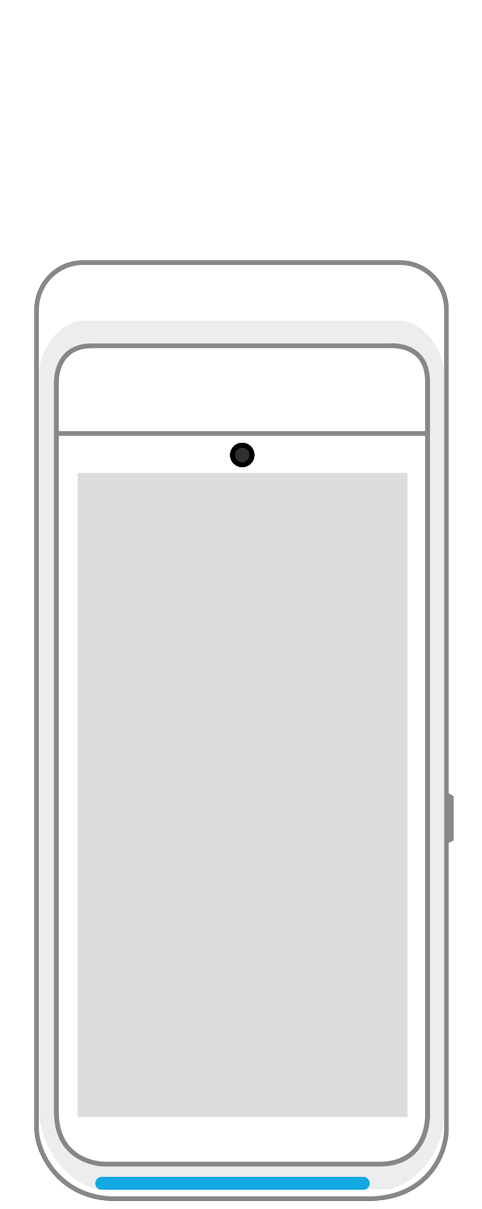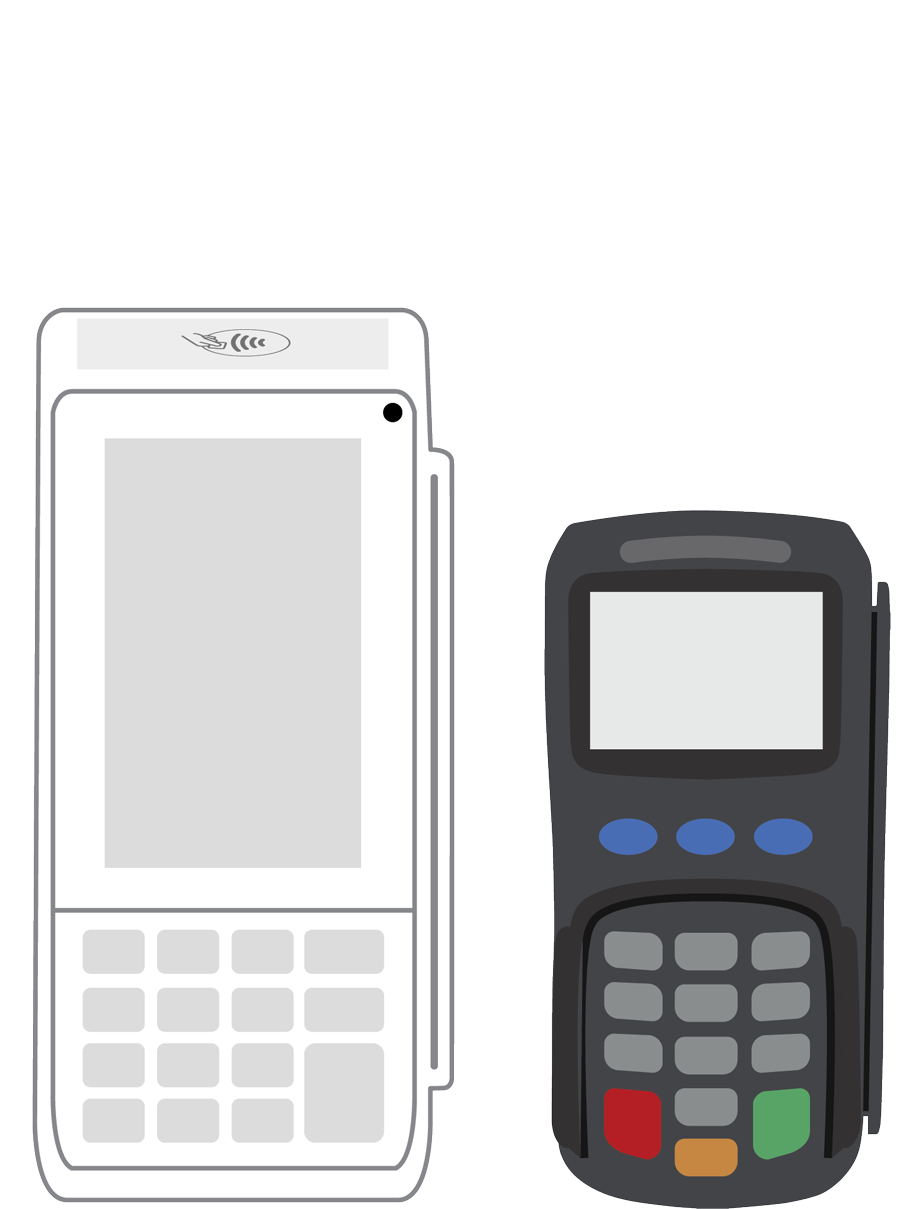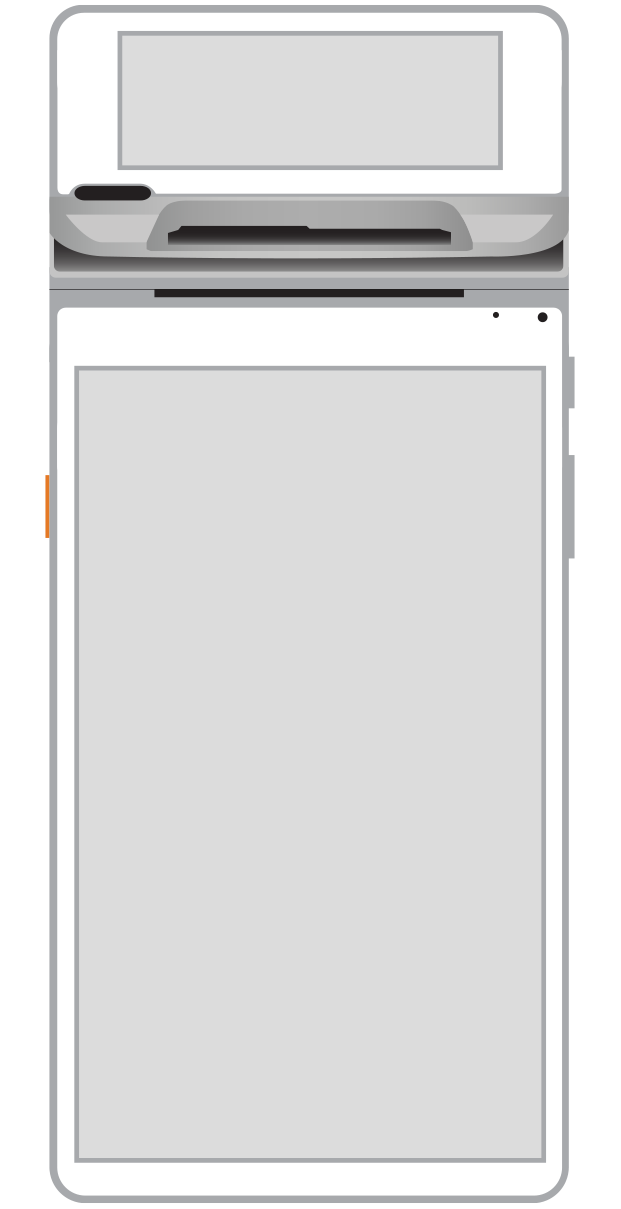How to Set Up an Efficient Inventory System on a Small Business Budget

It is no exaggeration that inventory is the lifeblood of your burgeoning business. The key is to accurately track your products, prevent stockouts, and minimize holding costs. When you do, you can make the most of every piece of merchandise while meeting customer demand and boosting satisfaction rates.
Learn what you have
We’ll get to the technology piece soon. But for now, start with a set of robust manual procedures that enable you to record details about each product. These should include a spreadsheet with product name, SKU, unit cost, selling price, quantity in stock, and reorder point. Then use this tool when you conduct a preliminary inventory count of every item you have. This is a crucial baseline.
Every time a purchase is made, be sure to manually update your spreadsheet. You should also do this whenever new merchandise comes into your warehouse.
Finally, organize your space. By grouping similar items together and using a logical labeling system, you can help to ensure that items are sold before they are lost or become obsolete.
Bring technology on board
As you grow, your manual strategies will become inefficient. If you want to improve your inventory management, purchasing technology is a must. Fortunately, many solutions are both affordable and easy to use.
As a retailer, you probably already have a point of sale (POS) system for taking payments. As you look at inventory systems, be sure to choose one that integrates with the POS that you already have. Once you do, every sale that you make will automatically be recorded, with updates on your available quantities taking place right away. This reduces the likelihood of data entry errors.
As your business expands, it also becomes necessary to find a new way to enter product details when merchandise arrives in your warehouse. This is the ideal job for a barcode scanner. This peripheral device reads and inputs information into your inventory management tools for easier selling, returns, and exchanges.
Intelligent inventory management methods
Technology gives you tools that allow for accuracy, automation, and centralization. But if you really want to streamline your inventory management, you need an underlying infrastructure that dictates how you will organize and sell your products.
There are many popular methods to accomplish this goal. For instance, ABC analysis gives you a way to categorize your products based on their value and importance. In this model, A items are high-value and low-volume, requiring tight control and frequent monitoring. B items represent moderate value and volume. C items are high-volume and low-value, requiring less monitoring.
The Just-in-Time model is another strategy. It involves only ordering inventory as customer demand dictates. While this minimizes the number of items you keep on hand, it requires accurate forecasting and reliable suppliers.
Most inventory software can also be configured to allow you to set automatic reorder points. After you determine a minimum amount for each product, you can set up your system to alert you so that you can contact your supplier before you run critically low.
Your POS also enables you to create reports that let you analyze past sales data. Using the sales trends, seasonal fluctuations, and data about promotions success that you pinpoint, you can predict demand. As a result, forecasting future product needs becomes much easier.
Counting, managing, and predicting the future sales of each product you sell helps you gauge your company’s progress and chart its future success. Using a combination of manual techniques, technology, and organizational practices, you can ensure that your small business is on track to meet customer demands and grow in the global marketplace. Best of all, this can be done easily and affordably.
 3-in-1 Reader |  Terminal |  Keypad |  PINPad Pro |  Flex |  POS+ | |
|---|---|---|---|---|---|---|
Payment types | ||||||
EMV chip card payments (dip) | ||||||
Contactless payments (tap) | ||||||
Magstripe payments (swipe) | ||||||
PIN debit + EBT | ||||||
Device features | ||||||
Built-in barcode scanner | ||||||
Built-in receipt printer | ||||||
Customer-facing second screen | ||||||
External pinpad | ||||||
Wireless use | ||||||
Network | ||||||
Ethernet connectivity | With dock | |||||
Wifi connectivity | ||||||
4G connectivity | ||||||
Pricing | ||||||
Free Placement | ||||||